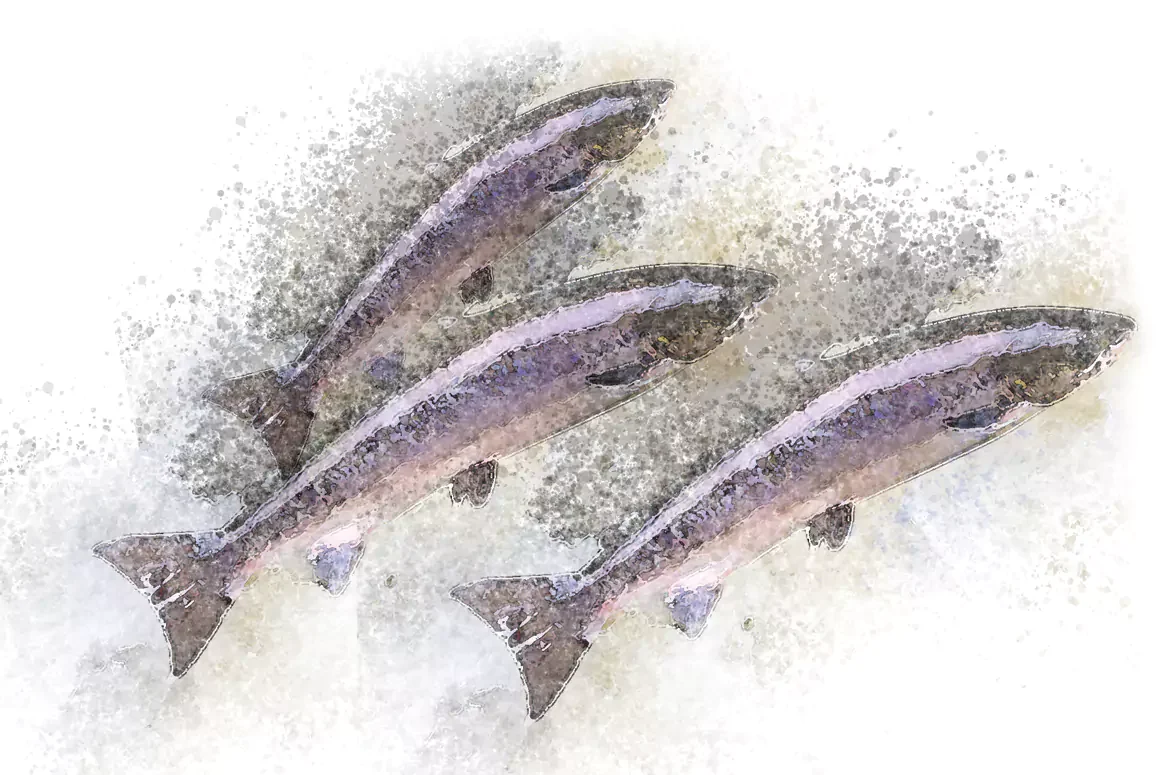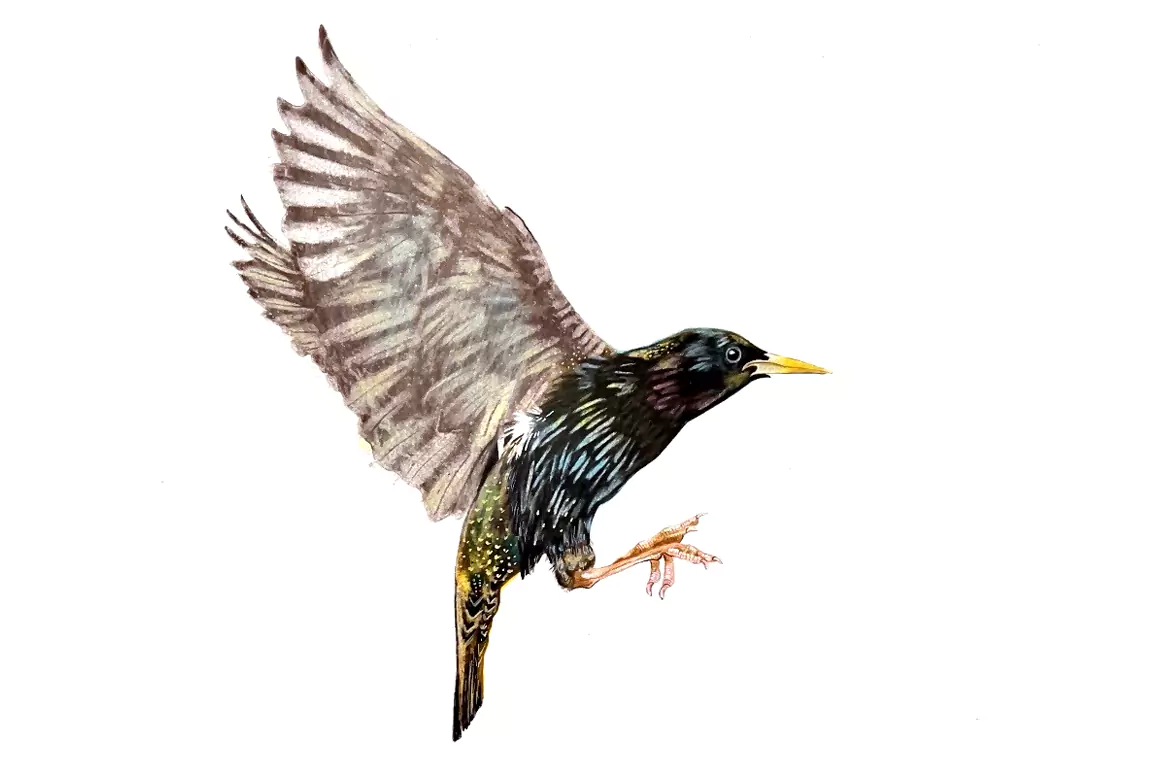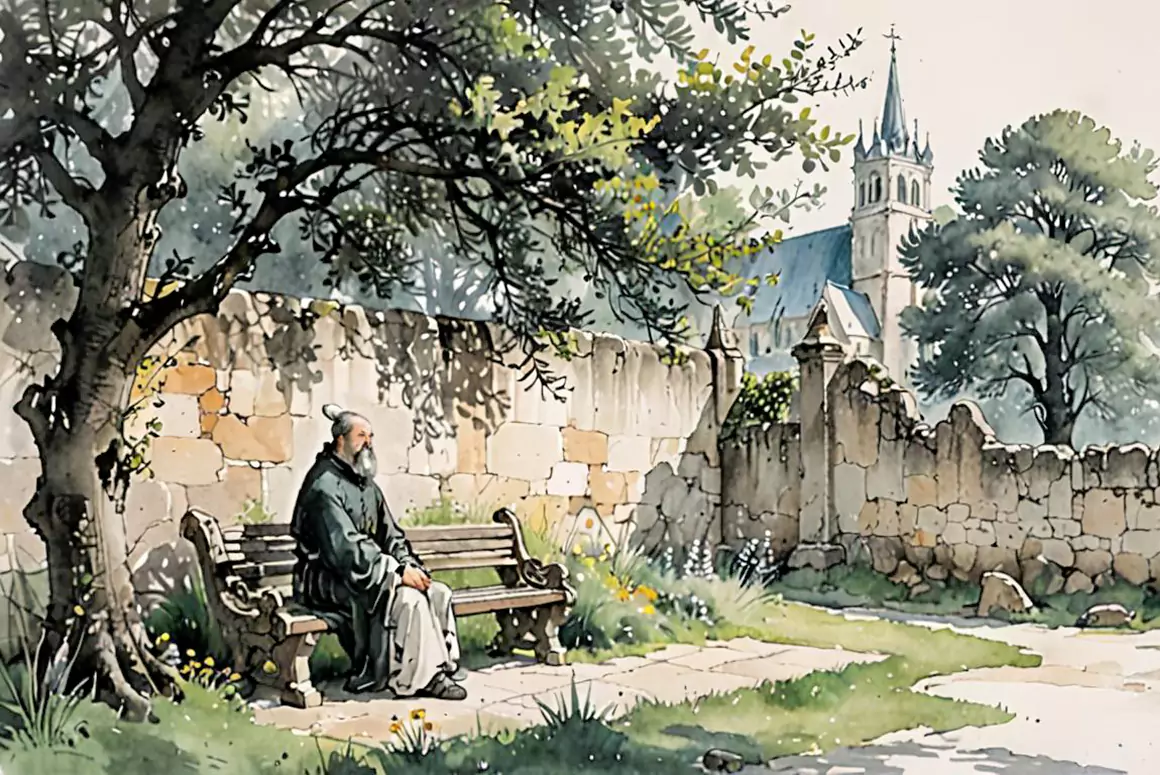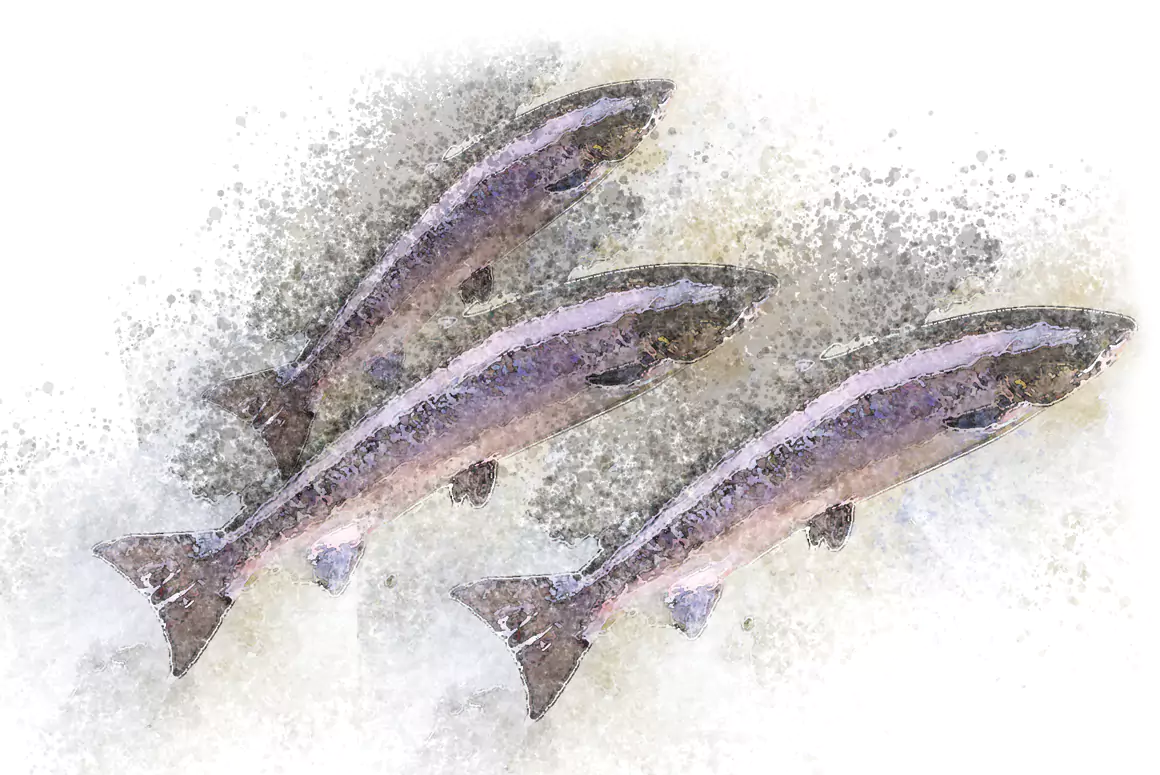Not many people visit Cardiff to see the salmon leaping. The Taff’s not had a positive image. Robert Minnhinnick wrote that the river was once ‘a quilt of iron dust…a coal vein broken open to the light.’ Many think that it still is. Lacking his erudition, they would be content with just dirty and lifeless, still best kept away from. That is prejudice. At Radyr Weir you can now see salmon and, if you know your business, otter spraint. Worth a try I thought.
At first sight it doesn’t look good. The blackened branches along the banks drip with tattered plastic bags. Collectors of lager cans would have been pleased with their haul. Along the far bank Arriva Trains, painted in a surprising turquoise, ply their regular trade along the ‘Valleys Line’ Their brakes squealing, horns hooting, sounding like dangerous beasts from one of those computer games.
A gentleman, black-coated and stubble-chinned, sits on a bench. A Labrador bounces around him, keen for the diversion of a stick. My enquiry about salmon elicits advice about which part of the weir to watch. Nearby a couple stand in silence, adorned in camouflage gear. He holds the shutter cable of a telescopic camera that is similarly attired. I ask how things look. They talk about the excellent photos they had taken and how it was a shame that I had not been there two days ago, when the salmon were jumping well.
Down on a spit of shingle I have a better view of the weir. From this angle it looks all of its four metres height. The river’s banked up behind it. It seems at first sight to be frozen, glazed over, in a moment’s hesitation. Just a trick of light, an unbreaking wave takes water and energy over the red sandstone rampart. A smooth surge of translucent water slides languorously down the centre of its face. Arriving at the base it shakes itself in a confusion of foam. It pauses and orders itself for the statelier journey on to Cardiff Bay. In the centre of the weir, white bubbling water tumbles down a ramp. That is where the salmon would be, guided by the higher oxygen levels caused by the turbulence.
Although the old industries of coal and iron have long gone the river still plays its part in generating power. The Council’s new hydroelectric scheme has been built into one side of the weir. Fashioning old technology to meet new demands, two steel Archimedean Spirals spin as the press of water twists through them.
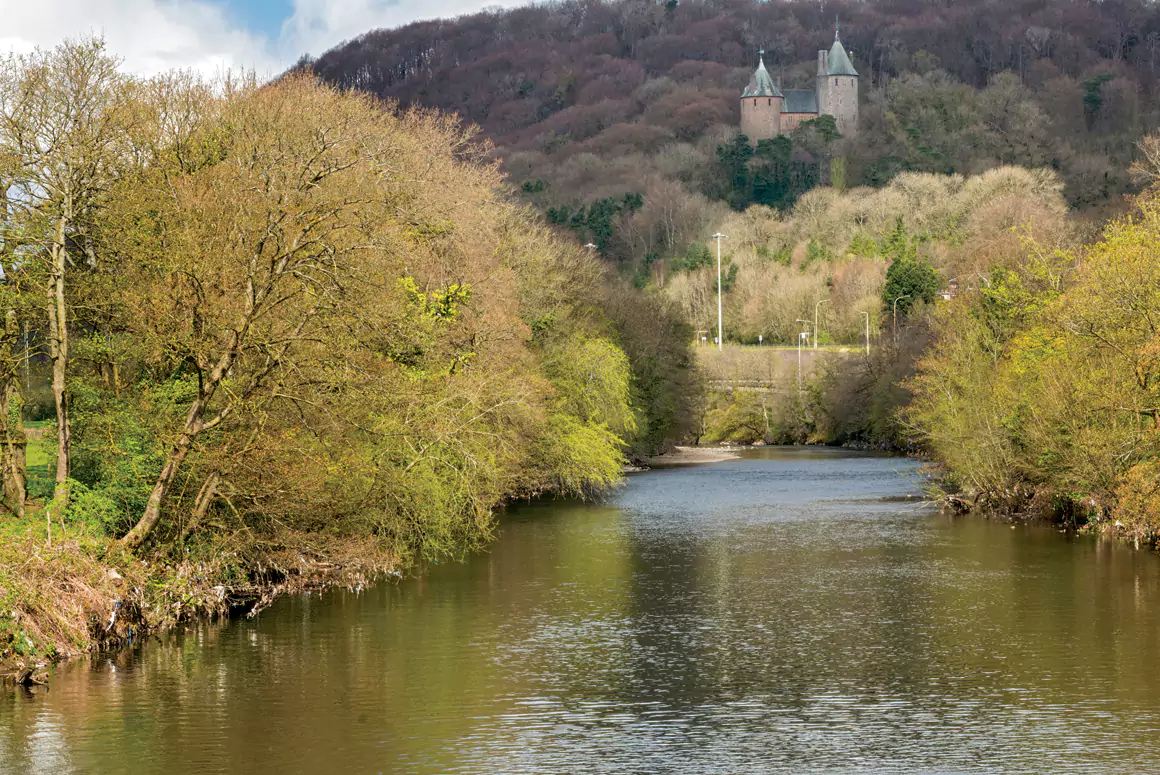
I lift my binoculars to my eyes. There on the far side is a dipper, flitting from piles of stones to tangles of branches and across to a jumble of weeds. Grounds for optimism. I knew they needed good enough water to sustain the food that make up their diet. A young heron arrives on uncertain wings. Herons don’t hover but this one hesitates, beating its wings until it is happy that its dangling legs have found a secure footing. Surprisingly this is half way down the slope of the weir. Once comfortable it struts to the edge of the ramp and peers into the pool below as the water rushes past. It combines a creditable optimism about its ability to stand on 45 degree slope in rushing water with what I thought was a less soundly based view that it could swallow a salmon.
The salmon are only out of the water for a short time. I stand stock still, eyes transfixed to the spot where I had been told that they jump. The intensity of staring closes down everything else. The sound of the rush of water wraps like a curtain around me. The trains still pass by, but the rumble is fainter.
Then the salmon came to my eyes. Stripped of their watery surroundings I can see their size and sense their mass. Dark, not silver against the white explosion of water. Dorsal fins sharp. Heads held rigid. I want to cheer as one almost makes it up the weir. Leaping it lands halfway way up the ramp. It twists and turns with all its power. It tries to grasp the slippery stone. It pauses. I imagine it sighing before it rolls back into the pool below.
My logic tells me that it has an impossible task. It knows that this is an urgent necessity. We call it instinct but perhaps what we share this afternoon is focus. Something more than just programming, a concentration of drive and intelligence. I know that some salmon make it because they now spawn again in the headwaters of the Taff.
Suddenly the spell is broken.
‘Any luck mate?’
I look round. A cheerful bloke in a blue and orange waterproof stands next to me. His Jack Russell yaps at my legs.
‘Not bad, about six in the last half hour.’ I reply.
‘Better luck than me. Been up and down here with him most days, only ever seen them once.’
I point out where I have been looking. There are none, they have merged back into the water.
The next train clatters noisily down to Cardiff Central Station. Some faces peer aimlessly out of the grubby windows, other travellers are lost in urgent conversation.
I have witnessed that the Taff is a home for wildlife once again. Partly because the time of heavy industry has gone and partly because people have chosen to make a difference. The banks have been cleared and replanted. The regulations that govern the discharge of pollutants have been strengthened and more strictly enforced. There is of course some way to go but the waters of the Taff sparkle as I leave.
I wave to the couple with the telescope. They don’t notice me. Seeing salmon leap on the Taff, in Cardiff, requires attention.


